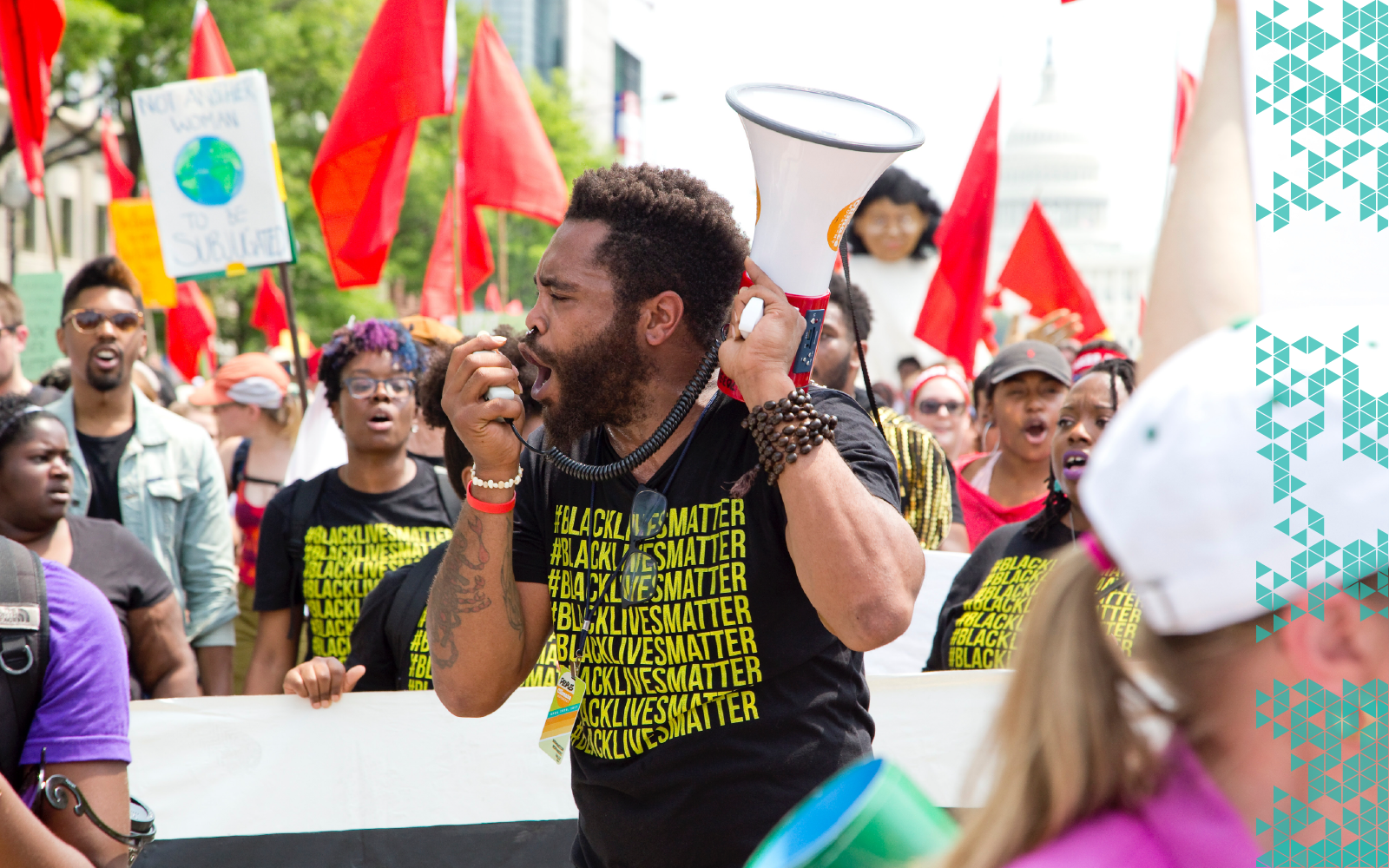As designers, innovators, and entrepreneurs, our mission is always to make people’s lives easier. Every workflow we design is aimed at reducing the amount of cognitive load our users' experience, and every product we create is pitched the same way - “Hey the way you’re currently doing things is painful; here’s an easier way!” So when Steve Selzer, a Designer Manager at Airbnb, gave a talk suggesting that ‘making things easier’ isn’t always a good idea, I did a double take.
To make his point, Steve showed us a couple of slides: one included images of WALL-E and other was a quote from the almighty Twitter account @StartupLJackson.

These slides may have been tongue-in-cheek, but his argument was serious -- there are unintended consequences to removing all of the effort from every experience. In WALL-E, that meant a world where everyone was strapped to a motorized chair unable to see past a screen; and in our world, our desire for everything to be instantaneously easy has caused us to shy away from facing anything tough. But challenges are how we grow. Steve’s solution is to design for confrontation: confrontation with our consumers, our colleagues, and even ourselves.
It was a powerful talk, but it was made even more powerful by what followed. The next talk I happened to attend at the conference was by the Founder of Bridgewater Associates, Ray Dalio - a hedge fund manager I figured would provide a totally fresh perspective on design. Well, I was wrong. In fact, his talk mirrored Steve’s. He, too, focused on the importance of confrontation, radical transparency, and the power of thoughtful disagreement. These concepts are so core to his organization that he created a video monitoring system to film every meeting so disagreements don’t stay hidden and confrontation is encouraged.
After hearing both of these talks back to back, I was fired up! I was ready to confront anyone! But as my adrenaline lowered to a normal level, I couldn’t help but think about one of the questions that someone from the audience asked Steve after his talk. It was a pretty confrontational (and apropos) moment as one of the members got up to the mic and said ‘Hey, it’s easy for you to suggest that we confront others. You’re the boss. You don’t have to worry about getting fired. What about the rest of us?’
And it’s true; both Steve and Ray are leaders. They wield more power than the average person. They’re in a better place to design for confrontation. Honestly how many of us could get the buy-in for creating an entire video monitoring system for our office?? As these thoughts crossed my mind, my doubts grew. Can only leaders design for confrontation?
Eventually, my doubts got to the point where I was ready to abandon Steve and Ray’s confrontational spirit. Then I started thinking about my own experiences. I realized that I’ve done this in small less risky ways than they what suggested; but that if I just continue to build my confidence I could do it far more. I decided to list out some of the steps that I’ve taken while also listing out some of the ones that I’m still too afraid to take. They’re listed in order from low risk to the riskiest inside of the three categories Steve presented with the hope that you too can find some way to design for confrontation.

Confronting Your Conscience
(Of the three categories, this is the easiest to start with as nothing is stopping you from confronting yourself.)
Low Risk: Confront your known weaknesses. Maybe - like me - it’s that you spend too much time on social media while you should be doing work or reading the latest design articles. Or maybe - like me - you’re not good at writing the copy for the interfaces you create. This is where we can design systems for ourselves to confront these weaknesses. For my social media addiction, I make sure to compartmentalize my devices. I use my iPad solely for reading articles and sketching, and when I need to get work done, I put my phone in my backpack. To improve my copy skillz, I force myself to write down the words as part of my sketching process. You’d be surprised how much the interface changes when you stop drawing squiggly lines.
Medium Risk: Work to uncover unknown weaknesses. For these, we can take a page out of Ray Dalio’s book, Principles (which I would highly recommend), and write down every mistake we make. When I first started working, I created a Google Doc that was titled ‘Never Make These Mistakes Again’ and I would add to it every time something popped up. Forcing myself to write down my mistakes informed me of less obvious weaknesses that I could then design systems to confront. It’s also been helpful to find a trusted coworker and agree to have them point out your mistakes while keeping you in check so that you avoid making them in the future.
High Risk: Confront your personal purpose. It’s been scientifically proven that the more passionate you, are the better your designs will be. The scary thing about this is that most of don’t work at a place where our own creative purpose matches that of the organization. Forcing yourself to look for your creative purpose is kind of like opening pandora’s box. You might be happy where you are right now, but if you discover that your current organization doesn’t align with your purpose in life, you may begin to feel it’s time to start looking for a new job. (Here’s a great 5 step process to help with this.)

Confronting Your Colleagues
(These are a little more challenging as things can get awkward if the confrontation goes poorly.)
Low Risk: Create a confrontation plan. There’s no way you’re going to make it through the design process without encountering differing opinions, and sometimes these differing opinions can lead to lingering tension. Having a clear process solves this. The company I work for follows a process called ‘Pull the Cord.’ It’s a methodology derived from Toyota’s Kaizen approach of stopping production when someone spots a problem. Throughout the process, anyone in the company can ‘pull the cord’ to stop the project if they have a ‘principled objection.’ Once the cord is pulled all parties involved have to work out the issue together.
Medium Risk: Hold regular retrospectives. Retrospectives are team meetings to talk about everything that’s going well and anything you could do to make things better. Involving everyone in discussing the team’s process is an easy way to confront an issue without confronting an individual.
High Risk: Conduct what Airbnb calls ‘Real Talk.’ The idea is that every week you block out time on your calendar to purposely go and find someone you’ve had a confrontational moment with. Regularly scheduling this time for the end of the week means that the event is still fresh enough to remember the details but not so fresh that it’s emotional. Having these conversations is great at preventing conflicts from lingering and escalating over time.

Confronting Your Consumers
(The most challenging of all. Upset consumers are bad for business in the short term.)
Low Risk: Educate your consumers on best practices and good habits. Content marketing is a low stakes way to confront your consumers. The company I work for does a great job giving our consumers reasons they shouldn’t use our products in ways that aren’t in their best interest. This allows us to confront the issue while still leaving the option available in our product.
Medium Risk: Suggest they stop. This is where things really start to get risky with the whole ‘design for confrontation’ concept. It’s one thing to write an article on why your consumers should or shouldn’t do something, but it’s another thing to change your product or service to truly confront them. The only real experience I have in his realm is with pushing back on feature requests and business requirements that I feel will make the experience worse for our consumers. However, Steve Selzer says we should go further than this. One example he mentioned was Nintendo’s decision to confront gamers in Wii Sports. If you’ve ever played the game long enough, you know what I’m talking about. After a few hours of continuous play, the game pauses an image of an open window looking outside with a message that says “Why not take a break? You can pause the game by pressing ➕.” Confronting your consumers during the process is scary, but if you’ve got their best interest at heart, they’ll respect you for it.
High Risk: Define your purpose. The final and riskiest way we can confront our consumers is by clearly defining our organization’s purpose and principles. Today’s world is more connected and politicized than ever before, and as a result, we’re starting to see many organizations having to make some tough decisions like Dick’s Sporting Goods’ decision to stop selling assault rifles, Patagonia’s decision to sue the White House, and Delta’s $40 million decision to end a discount for 13 passengers. While not all of us have to make such high profile decisions, it’s crucial for organizations to define their principles so that everyone’s on the same page about when and whether to confront the consumers over an important issue.
It’s Confrontation Time
Throughout this article, I’ve given you some examples of how to design confrontation in your life, your workplace, and your product; but now it’s my time to confront you. I’d like to challenge each and every one of you to figure out some way you can confront your conscience, your colleagues, or your consumers. If you’re more risk-averse, pick one of the low-risk ones, and if you’re feeling bullish, swing for the fences and demand your organization draw a firm line by defining their principles and challenging your consumers.
While confrontation might seem scary, the alternative of doing nothing may be riskier in the end. Not confronting the problems in front of us today can cause those same issues to be much worse in the future. And while this all might sound really difficult - that’s kind of the point. Just remember...
“A person’s success in life can usually be measured by the number of uncomfortable conversations he or she is willing to have.” - Tim Ferriss





